6 Types of Ticks in Idaho (With Pictures)
-

- Last updated:
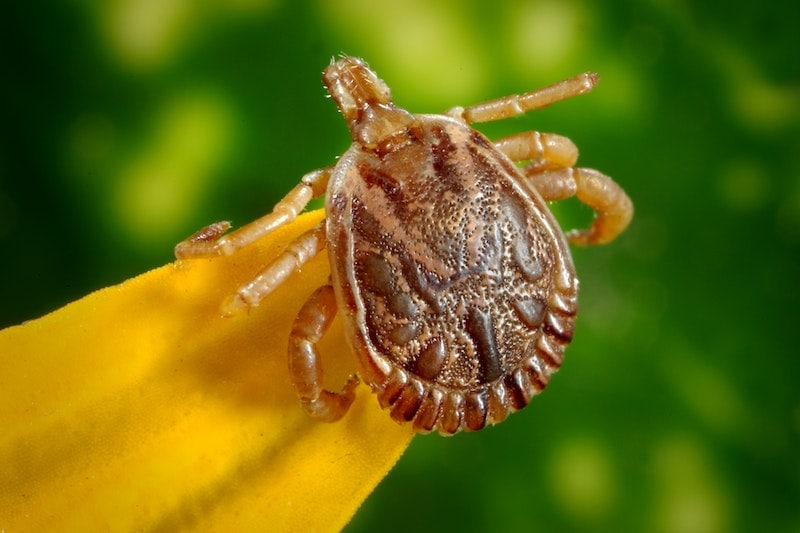
When you’re outdoors in certain areas, you need to be aware of ticks. But what types of ticks can you find in Idaho, how do you tell them apart, and what diseases do they carry?
We break all that down for you here and give you advice on what you should do if you find a tick on you. While you should be cautious because ticks can spread diseases, with a little preparation and knowledge, you should be just fine.

The 6 Types of Ticks in Idaho
1. American Dog Tick
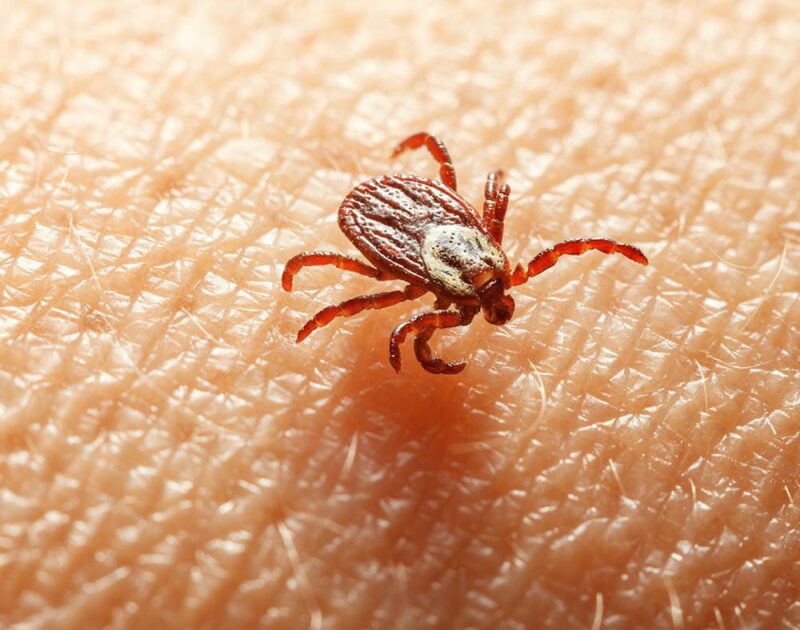
| Scientific Name: | Dermacentor variabilis |
| Common Diseases: | Rocky Mountain spotted fever and tularemia |
| Most Active During: | April to early August |
The American dog tick is one of the most prevalent tick species throughout the United States, and they have a well-established population in Idaho. Unlike many ticks that prefer wooded areas, the American dog tick typically lives along grassy fields and walkways.
But while they can bite humans, they typically go after other prey, and you can often find them on dogs. One of the reasons the American dog tick has thrived is that they can survive for up to 2 years at any life stage without a host. This gives them plenty of time to track down a host and reproduce when the time comes.
2. Brown Dog Tick
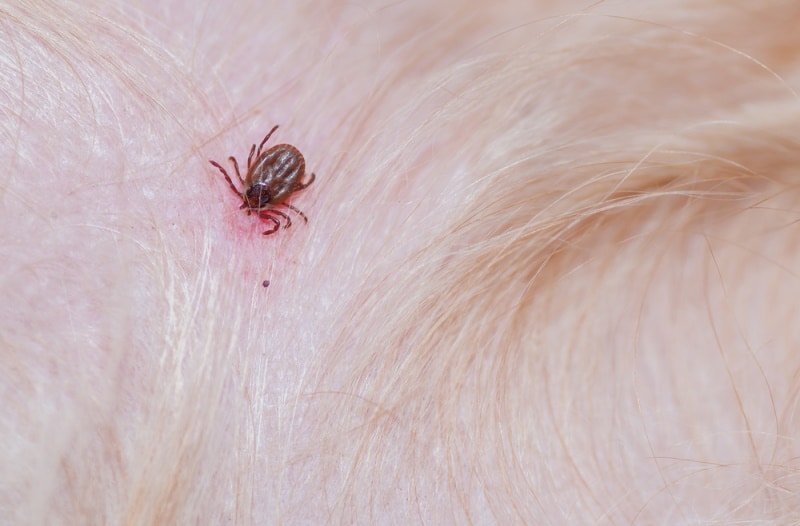
| Scientific Name: | Rhipicephalus sanguineus |
| Common Diseases: | Rocky Mountain spotted fever |
| Most Active During: | Spring to autumn |
The brown dog tick has a large population in Idaho. The brown dog tick typically feeds on small to medium-sized animals, like dogs, and they can spread Rocky Mountain spotted fever to them.
But they rarely bite humans, and it’s even more unlikely for them to spread disease to humans, although it’s certainly possible. Also, while the brown dog tick typically doesn’t go after people, if you are having a problem in your area, they are notoriously difficult to get rid of.
3. Western Black-Legged Tick
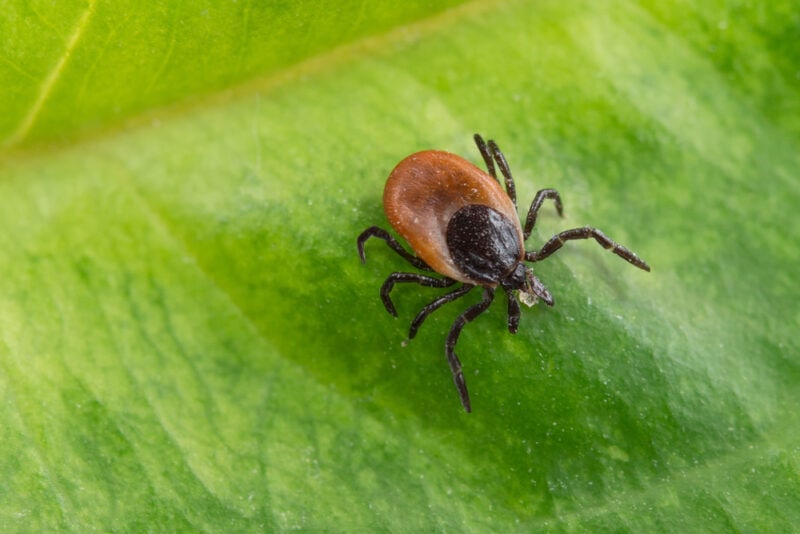
| Scientific Name: | Ixodes pacificus |
| Common Diseases: | Lyme disease, babesiosis, borrelia, miyamotoi, and anaplasmosis |
| Most Active During: | End of May through June |
The western black-legged tick is the tick that creates the most problems in Idaho. It carries all sorts of diseases, the worst being Lyme disease. On the eastern side of the country, people refer to the western black-legged tick as a “deer tick.”
They’re small, which can make it more challenging to spot and remove them in a timely fashion. The good news is that they have a small season in which they’re most active, and that starts around the end of May and continues throughout June.
4. Rocky Mountain Wood Tick

| Scientific Name: | Dermacentor andersoni |
| Common Diseases: |
Colorado tick fever, equine piroplasmosis, Rocky Mountain spotted fever, and tularemia
|
| Most Active During: | Late spring to early summer |
The Rocky Mountain wood tick isn’t a tick that you can find everywhere in the country, but it can be found in Idaho. They’re active from January to November in the Gem State, but their most active season starts in the late spring to early summer.
Like many ticks, the Rocky Mountain tick spreads many diseases, including Colorado tick fever and Rocky Mountain spotted fever. You can often find the Rocky Mountain wood tick on both people and pets.
5. Rabbit Tick
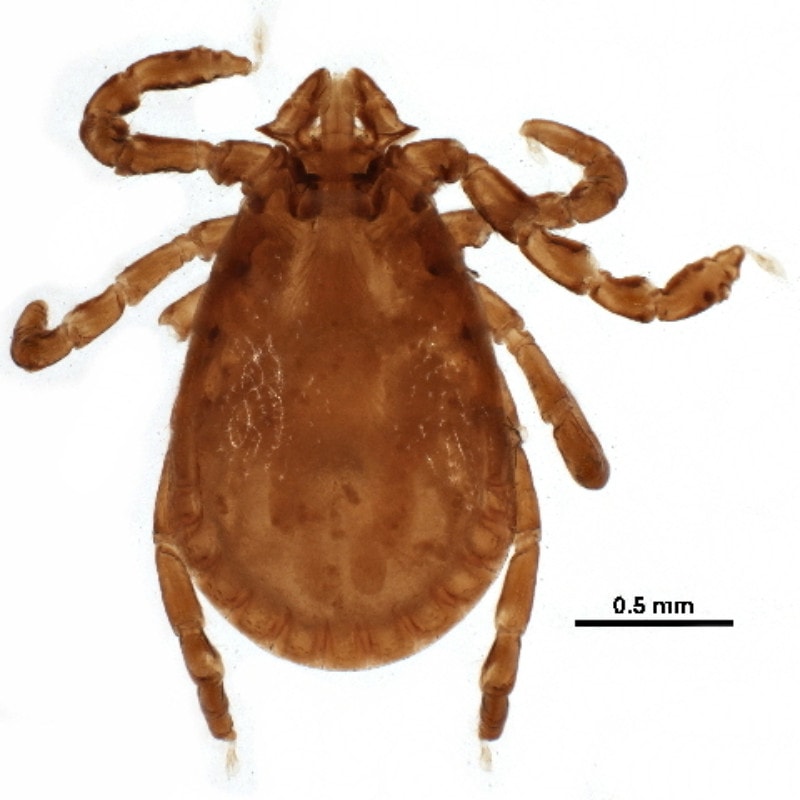
| Scientific Name: | Haemaphysalis leporispalustris |
| Common Diseases: | Rocky Mountain spotted fever and tularemia |
| Most Active During: | Spring through summer |
You can find the rabbit tick just about anywhere in the continental United States, including Idaho. The rabbit tick is small, stays active throughout all the warmer months, and loves feeding on smaller mammals.
It’s extremely common to find them on rabbits, but you can also find them on other animals, and they will bite humans. They spread both Rocky Mountain spotted fever and tularemia, so you should take a bite from a rabbit tick seriously.
6. Winter Tick
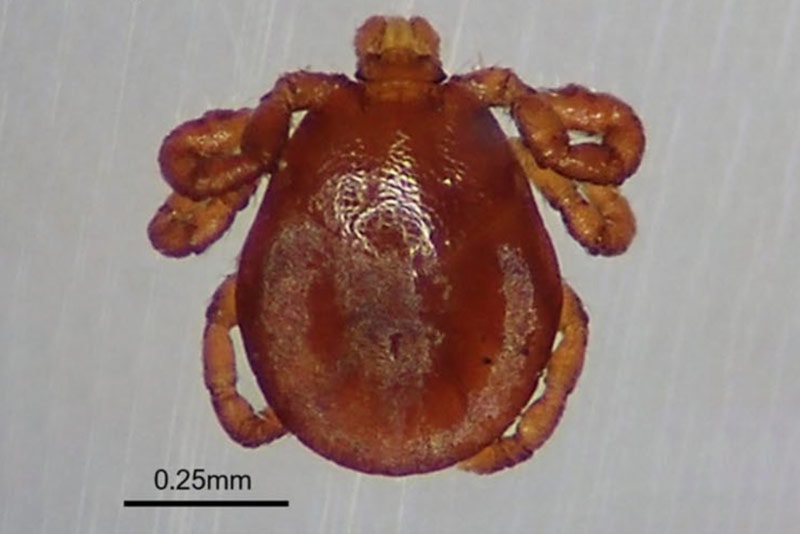
| Scientific Name: | Dermacentor albipictus |
| Common Diseases: | None |
| Most Active During: | Fall and winter |
When you think of ticks, you probably think of them coming out during the warmer months of the year. That’s not the case with the winter tick. They’re most active in the fall and throughout the winter.
However, while winter ticks can be annoying, they rarely bite humans and don’t spread diseases to humans. The winter tick is a single-host parasite, which means they don’t go from host to host, so they don’t often spread diseases from animal to animal.

How to Remove a Tick
If you find a tick on yourself, it’s important not to panic. If you find the tick quickly and remove it properly, there’s a good chance that you can avoid any potential diseases.
The CDC recommends using a fine-tipped pair of tweezers and grabbing the tick as close to the head as possible. From there, simply pull straight up with firm and consistent pressure. The goal is to keep the head of the tick intact, so it doesn’t deposit any potential toxins in you.
If you do break the head off, remove all parts of the tick. Once you have the tick off, wash the affected area with soap and water. Dispose of the tick properly so it can’t bite again.

When to Seek Medical Help
While you might want to rush out to a doctor as soon as you find a tick on yourself, that’s not what the CDC recommends. Instead, it recommends self-monitoring unless you develop a rash or fever within a few weeks of removing a tick.
If you go to a doctor right away after removing a tick, there’s a good chance that they won’t be able to help you because it can take several days for any of the potential diseases to show up on a test.
Keep track of what kind of tick bit you, then self-monitor for symptoms. As soon as any start showing up, follow up with a doctor for testing and treatment.

Conclusion
Now that you know more about the different types of ticks in Idaho, it’s up to you to take all the necessary steps to protect yourself the next time that you’re outdoors.
Use a quality bug and insect repellent, cover-up, and always check yourself for ticks when you get back home. That way, even if a tick does find its way on you, you can quickly remove it.
You Might Also Be Interested In
Featured Image Credit: Pixabay, Pexels
Contents
